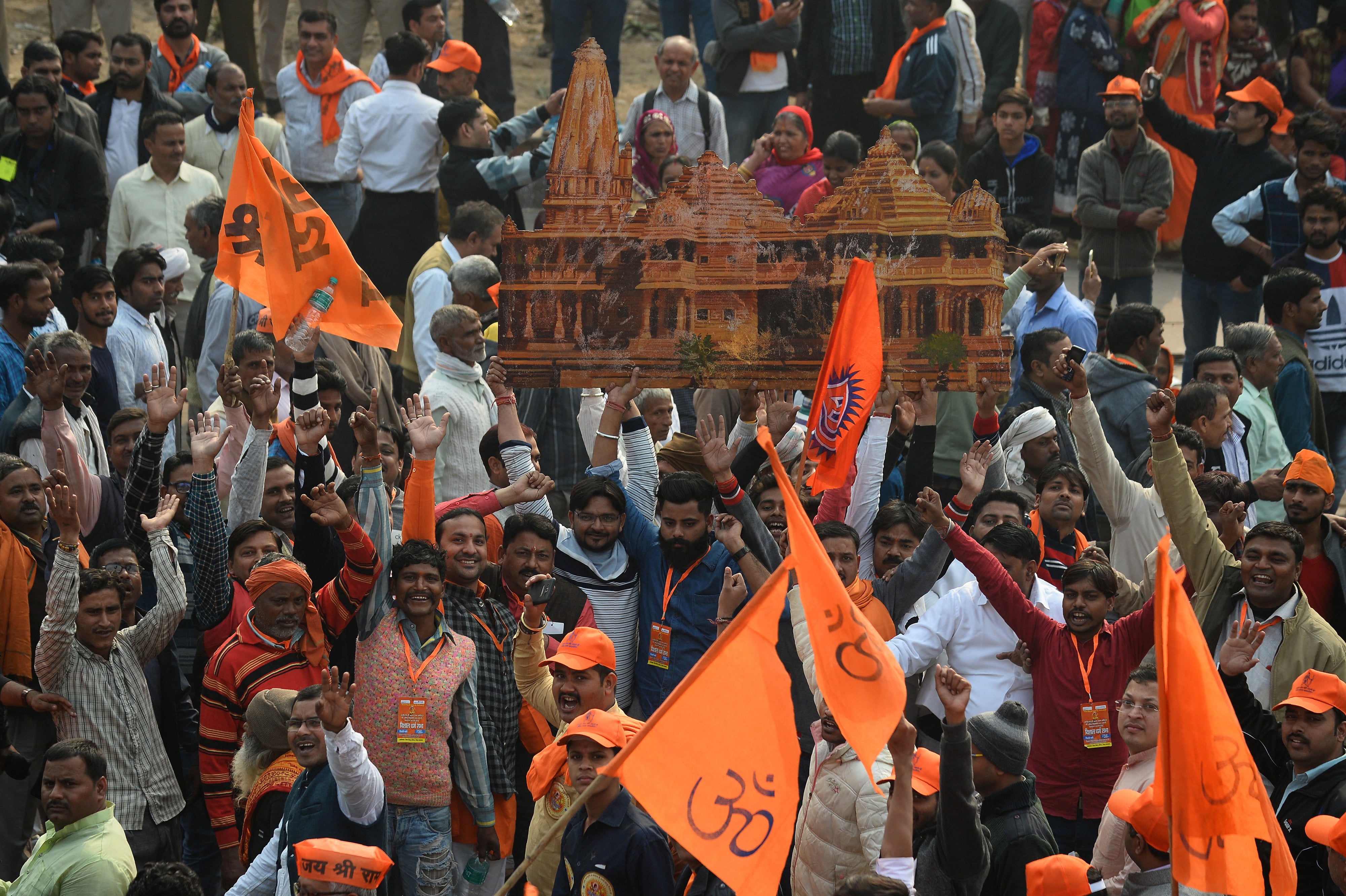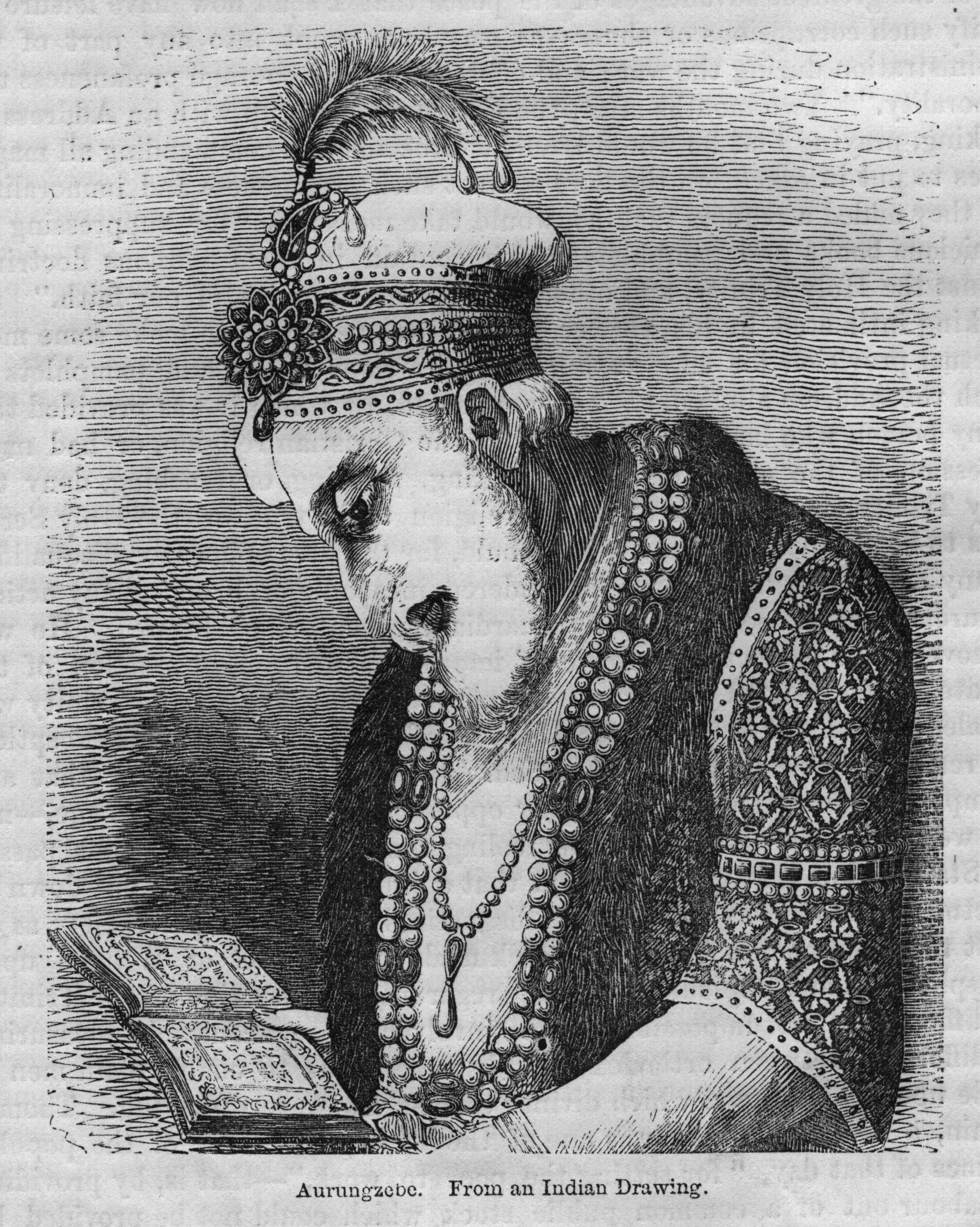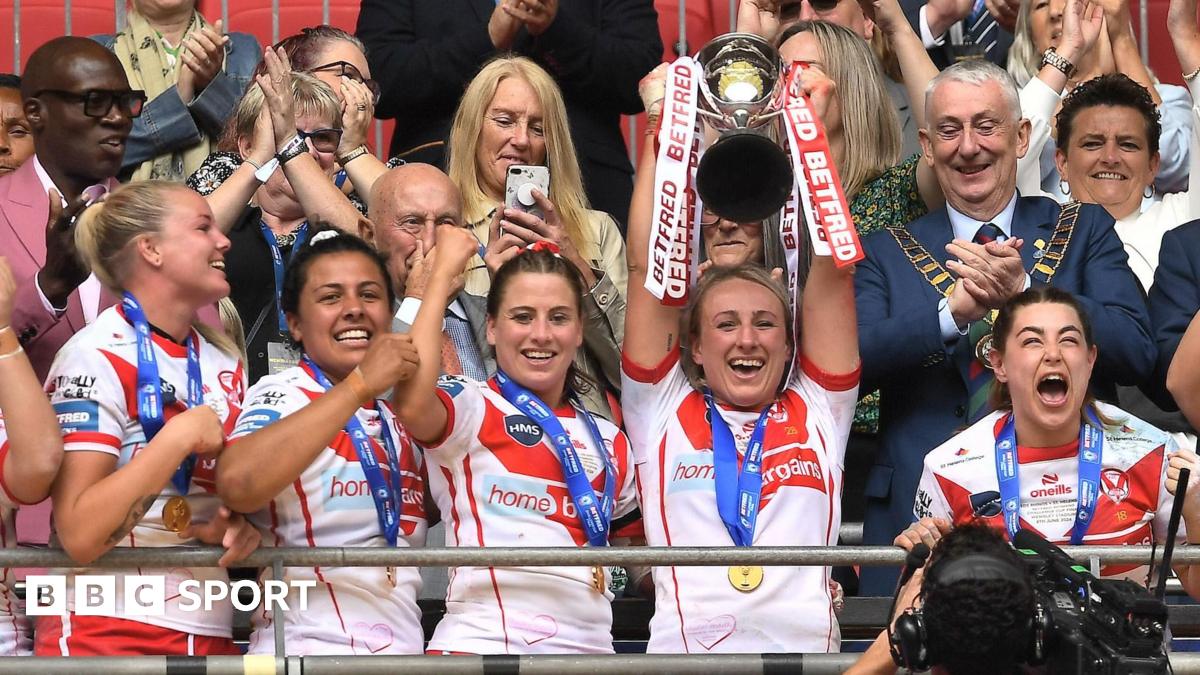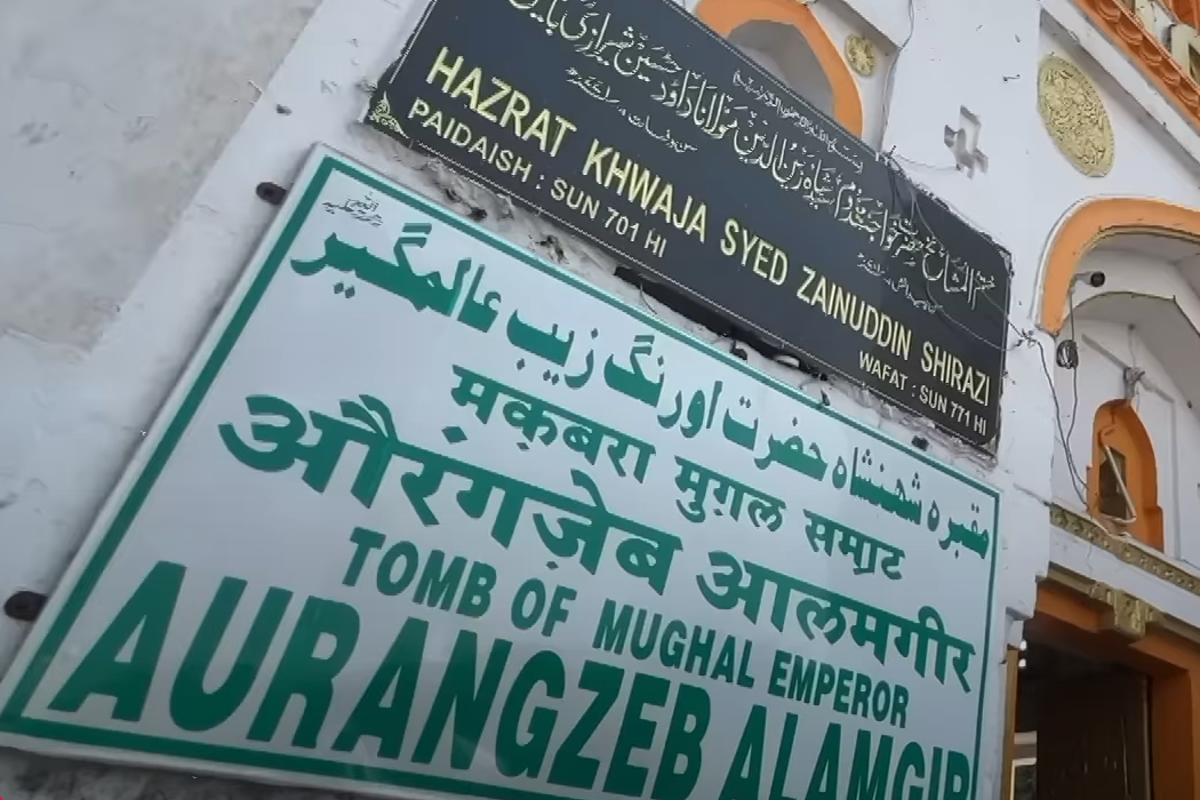A Bollywood film that portrays the capture and execution of an Indian warrior king under an 18th century Mughal ruler has fuelled street protests and demands from right-wing groups to demolish the emperor’s tomb.
Authorities have now tightened security around the tomb of Aurangzeb Alamgir in the western Indian state of Maharashtra after right-wing groups threatened to raze the monument.
On Monday, violence erupted in Nagpur following rumours of a holy book being desecrated. Police reportedly used tear gas to disperse the mob, and four policemen were injured. Police said they had detained dozens of people after 30 were injured and a similar number of vehicles torched.
“After the release of the film Chhaava, the views of many people on the Mughal emperor have turned extreme, as seen in social media posts,” local authorities said in a statement on 15 March.
Chhaava portrays the life and times of Chhatrapati Sambhaji Maharaj, who was the second ruler of the Indian Maratha empire and the eldest son of the 17th-century Indian warrior king Chhatrapati Shivaji Maharaj. Shivaji is revered in western India as a Hindu ruler who fought the Mughals and established a Maratha kingdom. “Chhaava” is a Marathi-language word which means lion’s cub.
Right-wing groups such as the Vishwa Hindu Parishad and the Bajrang Dal threatened to demolish the tomb in Khuldabad town in Chhatrapati Sambhajinagar district (formally known as Aurangabad) as they claim it is a reminder of “centuries of oppression, atrocities, and slavery” of Hindus during the Muslim emperor’s rule.
The groups threatened a “Babri-like” repeat if the tomb is not razed, referring to the demolition of the Babri Masjid (mosque) in Ayodhya in 1992 which sparked nationwide religious riots, killing more than 3,000 people in a decades-long dispute that fuelled Hindu-Muslim tensions in the country.
The groups, according to the news outlet India Today, pledged “karseva” if the government does not act on their demands. “Karseva” is a Sanskrit word which means voluntarily offering services for religious causes. In 1992, several religious volunteers called “karsevaks” were responsible for demolishing the Babri mosque.
The right-wing groups had earlier announced a statewide protest on Monday to demand the removal of the tomb, following which police deployed additional forces around the tomb and restricted entry to prevent any unrest.
Chhaava, directed by Laxman Utekar, was released in February, and was successful at the box office. It portrayed the captivity, torture and execution of Shivaji’s son. But many called the film out for its “clumsy grip on history” and leaving “no room for complexity”.

“Chhaava does have the laudable goal of setting the historical record straight about Sambhaji as a great warrior and administrator against biased accounts. But it becomes harmful national-level propaganda when it is fixated on the good Hindu versus the bad Muslim binary, skips some incontrovertible facts, and is in complete sync with the ruling party’s ideology,” wrote Nissim Mannathukkaren, chair of Dalhousie University’s department of international development studies, in The Hindu.
It also sparked extreme reactions among audiences. A fan in Nagpur rode a horse to the theatre to imitate the Hindu king, while in Gujarat, a man vandalised a cinema screen in anger over a scene depicting the torture of Sambhaji.
Last week, after two Indian politicians – Nitesh Rane and Navneet Rana – called for the tomb’s removal, chief minister Devendra Fadnavis backed the proposal but stressed that any action must follow legal procedures, as the historical site is protected by the Archaeological Survey of India (ASI).
Aurangzeb, the sixth Mughal emperor, ruled from 1658 until his death in 1707 and was engaged in a prolonged war with the Marathas in present-day Maharashtra.
During a press meet, Kishor Chavan, a coordinator for the VHP in western Maharashtra, said: “Aurangzeb’s cruelty is well-documented – he imprisoned his own father, executed his brothers, and ordered the destruction of Hindu temples. The existence of his tomb only serves to glorify his atrocities, and the Maharashtra government must act immediately to remove it. If government fails to remove it, we will do it by holding ‘karseva’, like we observed during the Ram Janmabhoomi movement.”

The Ram Janmabhoomi movement was a Hindu nationalist campaign pushing for the construction of a temple (dedicated to the Hindu deity Ram) at the site of the mosque in Ayodhya, leading to the demolition of the Babri mosque and the eventual building of the Ram temple that Hindu nationalist prime minister Narendra Modi inaugurated in January 2024.
The tensions in Maharashtra over Aurangzeb’s tomb come amid controversy over the state Samajwadi Party legislator Abu Azmi’s remarks about the Mughal emperor, which led to his suspension from the state assembly until 26 March and multiple police complaints against him.
“Wrong things are being said about Aurangzeb. He constructed a lot of temples for Hindus. He even got one of his soldiers trampled by elephants when he wanted to marry a Hindu priest’s daughter. As a mark of their gratitude, they constructed a mosque for Muslims. History has been distorted,” Mr Azmi remarked earlier this month.
It led to Maharashtra deputy chief minister Eknath Shinde demanding an apology from Mr Azmi and saying that he should be tried for treason.
Opposition Congress MP Kalyan Kale accused political groups of deliberately stoking controversy over Aurangzeb’s tomb to polarise voters ahead of the legislative council by-elections. He called it a strategic move to raise communal issues for electoral gain.
“The tomb has been there for years. Many are seeing it now only because elections are around.”
“If they want to remove the grave of the Aurangzeb, then what about various structures built by the Mughals across India?” Imtiaz Jaleel, a former member of parliament, was quoted as saying by The Hindustan Times.
Controversies surrounding Aurangzeb aren’t exactly new – prime minister Narendra Modi has referenced the long-dead Mughal emperor in his speeches in the past. “Aurangzeb severed many heads, but he could not shake our faith,” Mr Modi had said in 2022 during an event at the Mughal-era Red Fort in the capital Delhi.
In May 2022, the ASI temporarily barred public visits to the site following threats of vandalism from the Maharashtra Navnirman Sena (MNS), a regional party. The MNS had called for the tomb’s destruction, leading to increased security measures and a five-day closure.
In 2023, another AIMIM leader Akbaruddin Owaisi’s visit to Aurangzeb’s tomb sparked a political controversy, and was also met with increased security at the site.
On Tuesday, Maharashtra’s chief minister Devendra Fadnavis held Chhaava responsible for the violence in Nagpur. “This violent incident and riots seem to be pre-planned,” he said during a speech in the legislative assembly. “Chhava has ignited people’s anger against Aurangzeb.” He added that “everyone must keep Maharashtra peaceful”.


